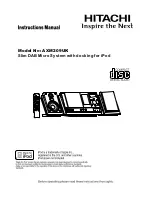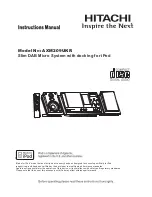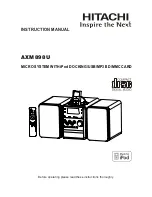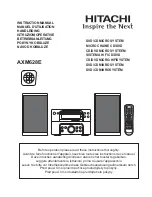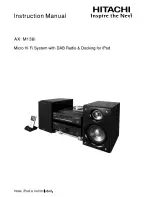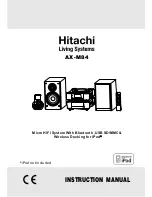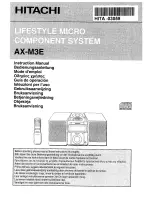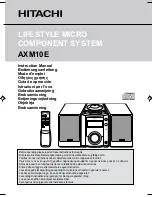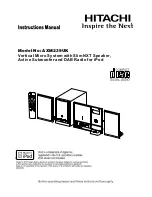
2
INSTALLATION
1. Unpack Polymaster from shipping container. Inspect system for any shipping damage and report it to
the freight company and to Neptune immediately. Save the shipping container. Identify all the parts
within the container. As a minimum, there should be a strainer for the water line, a strainer for the
polymer line and a priming kit with a hand pump.
Record model number and serial number in spaces provided on page 29 of this manual for future
reference. Model number information is located on system nameplate.
2. Install the Polymaster on a clean, level surface. If the system is to be wall-mounted, make sure the shelf
brackets are anchored securely. Models PAD-1200R and PAD-3000R use remote pumps which are not
built into the stainless steel chassis. The remote pump can be located on a molded plastic base
(purchased separately) or on the floor or other support directly adjacent to the Polymaster.
3. Install strainer (shipped loose) in the dilution water line. Connect the water first through the line strainer
then to the connection marked “Water Inlet”. The maximum incoming water pressure is 100 psi, it is
suggested that the normal operating pressure be 80 psi or less. A water pressure reducing valve is
necessary for higher water pressures and is available through Neptune. The system includes an inlet
water pressure gauge.
4. Potable water at ambient temperature is recommended. Dirty or secondary water could begin reacting
with the polymer before it reaches the point of application.
5. Install strainer (shipped loose) in the polymer line. Connect the polymer feed first through the line
strainer then to the connection marked “Polymer In”. For remote pump models PAD-1200R and PAD-
3000R - the polymer feed line should be fed through the line strainer, then connected directly to the
suction of the remote feed pump.
Polymer suction line should be kept as short as possible and should be the same diameter or one
size larger than the polymer inlet connection.
6. If feeding from a drum*, install the foot valve on the end of the polymer suction line in the polymer
drum. This will prevent the polymer from draining into the drum when the pump is turned off. A drum
wand assembly with foot valve is available from Neptune.
7. Connect the port marked “Solution Outlet” to the point of application. Dilution water inlet pressure
must be 25psid (at full flow) higher than the pressure at the point of application or a water booster
pump will be required. Polymaster will not operate if water flow and inlet pressure are insufficient.
8. Connect Polymaster to an electrical outlet using power cord and plug furnished. Be certain the electrical
characteristics of the power source match the characteristics of the unit.
9. For all standard PAD models, the 4-20 mA signal should be connected in the rear electrical enclosure
on terminals 1 and 2. It is recommended to refer to your unit specific electrical drawings.
10. The Polymaster is delivered with the pump lines full of mineral oil.
Do not flush pump or pump
suction lines with water.
See Start Up procedure, Page 9.
Note: A flooded suction will always give less trouble, easier priming and superior performance
Содержание PSG Neptune
Страница 1: ...INSTALLATION OPERATION MAINTENANCE POLYMASTER LIQUID POLYMER BLEND FEED SYSTEM 05 2018 NEP ZL104791 ...
Страница 15: ...10 POLY003 ...
Страница 19: ...14 POST DILUTION STATIC MIXER POST DILUTION RATE SET VALVE POST DILUTION FLOW METER POLY004 ...
Страница 23: ...18 ...
Страница 28: ...23 ...
Страница 29: ...24 ...
Страница 32: ...27 p Ne u t ne POLYMASTER ...
Страница 33: ...28 p Ne u t ne POLYMASTER ...





























